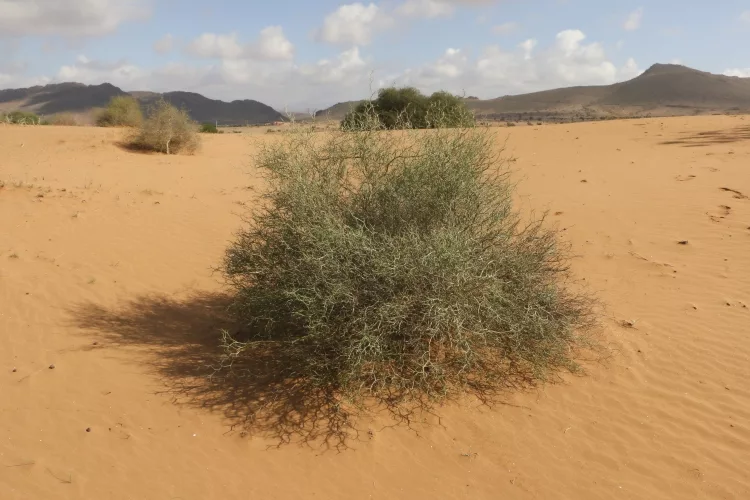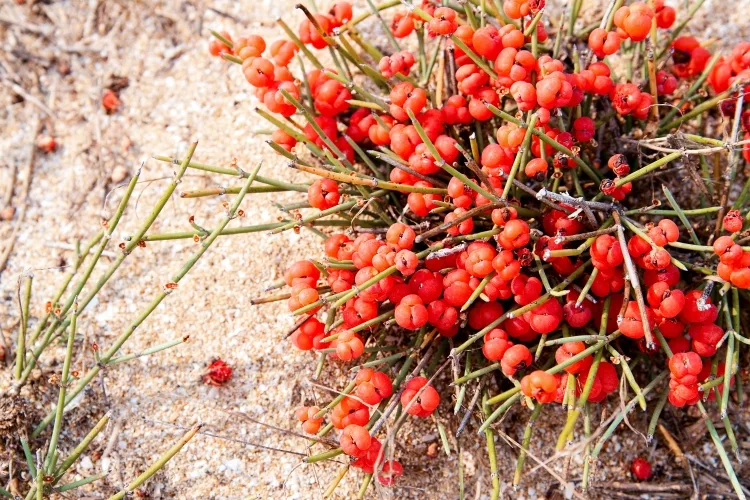reviewed by Truman Perkins
The first use of ephedrine was to treat asthma and increase metabolism. Ephedrine acts as a decongestant and a bronchodilator. The drug decreases the swelling and constricting of the blood vessels in nasal passages. It allows a person to breathe with ease by widening their lung airways.
Also known as Ma Huang, Ephedrine is a medication and a stimulant obtained from the herb, called Ephedra. This crystalline alkaloid increases the heart rate and blood pressure of a person.
Generally used as a stimulant, ephedrine stimulates the brain and is used for various purposes such as treating hypotension, acting as an appetite suppressant or a relief when your chest tightens, or to help with shortness of breath.
Contents
The drug can be ingested through the mouth or by injecting into a muscle, vein, or under the skin. The ingestion though the vein is a rapid process, if injected into a muscle, it takes twenty minutes, and by mouth, it takes an hour to show an effect. The drug lasts for about an hour when injected but lasts for hours when taken directly through the mouth.

However, due to the effects ephedrine has, the majority highly abuses it. In majority cases, people who use this drug are unaware of the harmful effects it contains and persists on using it, eventually developing an addiction for the drug. Even though ephedrine is one of the most popular stimulants, but has high chances to be easily abused and become an addiction to anyone.
The drug was first introduced into the commercial market in the year 1926 after being first isolated in 1885. Ephedrine can easily be found in plants of Ephedra type, having a wholesale cost of ranging from US$0.69-1.35 per dose.
Though it is not very expensive in the United States, dietary supplements containing ephedrine are illegal in the country except those used in traditional Chinese medicine.
Ephedrine is found in Ephedra's plant; the genus Ephedra is in the family Ephedraceae in the major group Gymnosperms.
The plants of Ephedra are erect and can be found in deserts all over the world. The plant has branching shrubs that grow on dry, sandy, rocky slopes. Ephedra is a plant that is a source of ephedrine alkaloids, including ephedrine and pseudoephedrine.
A small earthly non - succulent shrub primarily found in desert environments is usually less than a meter in height, It is a dioecious shrub with rigid branched stems which does not possess spines.
Widely cultivated on the ornamental and medicinal plant, this specie is defined as a green, dioecious shrub that prefers well-drained, loamy soil in an area with direct sunlight.
Each flower of this plant is either a male or a female, which needs two seeds for formation. Once the plant is established, it becomes resistant to drought and lime.
Native to the southern Great Plains of the United States, Ephedra Antisyphlitica is an upright shrub found on limestone hillsides, on bluffs, and in stony upland soils. The plant has jointed branches of green color.
However, this plant must not be confused with Horsetail and genus Equisetum, which are herbaceous.
Known by its common name Rough Jointfir, the plant is native to the southwestern United States. Made up of many long yellow-gold twigs, Ephedra Aspera is a highly branched shrub that often exceeds 1 meter in height.
The male plants of Ephedra Aspera have 4 to 7 millimeters long pollen cones. On the contrary, the female plants contain only one seed and are larger than the male plants. They are darker to reddish.

Commonly known as California Jointfir, this plant grows in different scrub and habitats in central and Southern California, such as in arid grassland, and Creosote scrub. Ephedra Californica elevates from a 150-3,400 fee.
Supplements coming from natural sources do not imply that they are always safe. The powerful herb Ephedra can result in heart palpitations, elevated blood pressure, nausea, and vomiting. Also, there have been more than eight hundred dangerous reactions reported due to the intake of this drug, which includes sudden deaths as well.
Annals of Internal Medicine conducted a study and reported that ephedra products make up only one percent of herbal supplement sales in the U.S. Still, they are responsible for 62% of herb-related reports to poison-control centers. Prolonged abuse of Ephedrine Sulfate Injection can result in symptoms of schizophrenia.
The dosage of ephedrine is highly based on the patient's medical condition and response to therapy. When prescribed, the drug is not to be exceeded 150 mg per day in adults. In the case of children, the dosage must not increase by 75 mg per day.
Ephedrine can interact with other adrenaline-like drugs. In pregnancy, ephedrine should be used only if prescribed for it is not known yet if the drug passes into the breast milk. Hence to avoid risk, the drug is not recommended.
Although ephedrine's access is convenient due to its availability in plants and the market, it poses harmful effects to the body, which people tend to overlook. The medicine can cure diseases like asthma and act as a supplement. However, too much intake of the drug can prove fatal and even leads to death at times.
It is recommended not to take the medication unless prescribed by the doctors and be careful with its dosage, for it leads to severe addiction.
20 Psychoactive Plants by the Region Found
10 Plants that Contain Caffeine
 |
 |
 |
 |

About Truman Perkins
Truman Perkins is a Detroit-based SEO consultant who's been in the business for over a decade. He got his start helping friends and clients get their websites off the ground, and he continues to do so today. In his free time, Truman enjoys learning and writing about gardening - something he believes is a natural stress reliever. He lives with his wife, Jenny, and their twins in Detroit.
 |
 |
 |
 |
Get new FREE Gifts. Or latest free growing e-books from our latest works.
Disable Ad block to reveal all the links. Once done, hit a button below
 |
 |
 |
 |